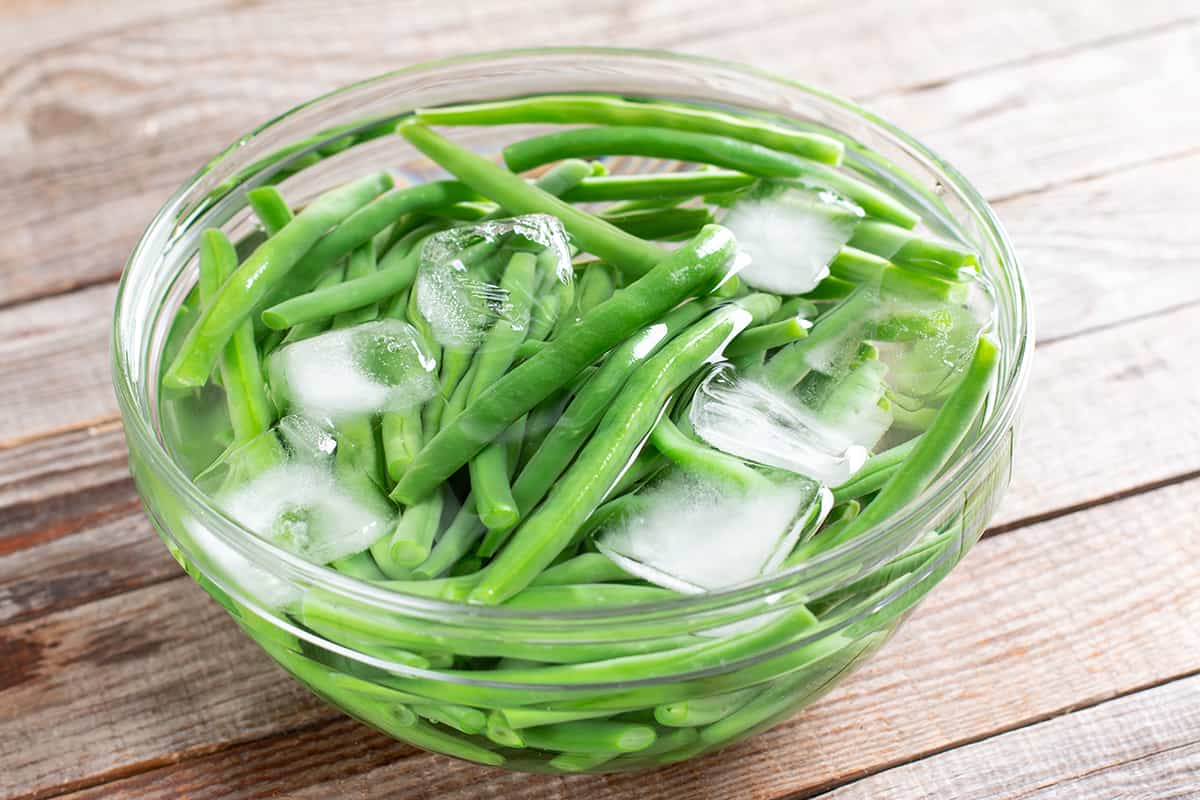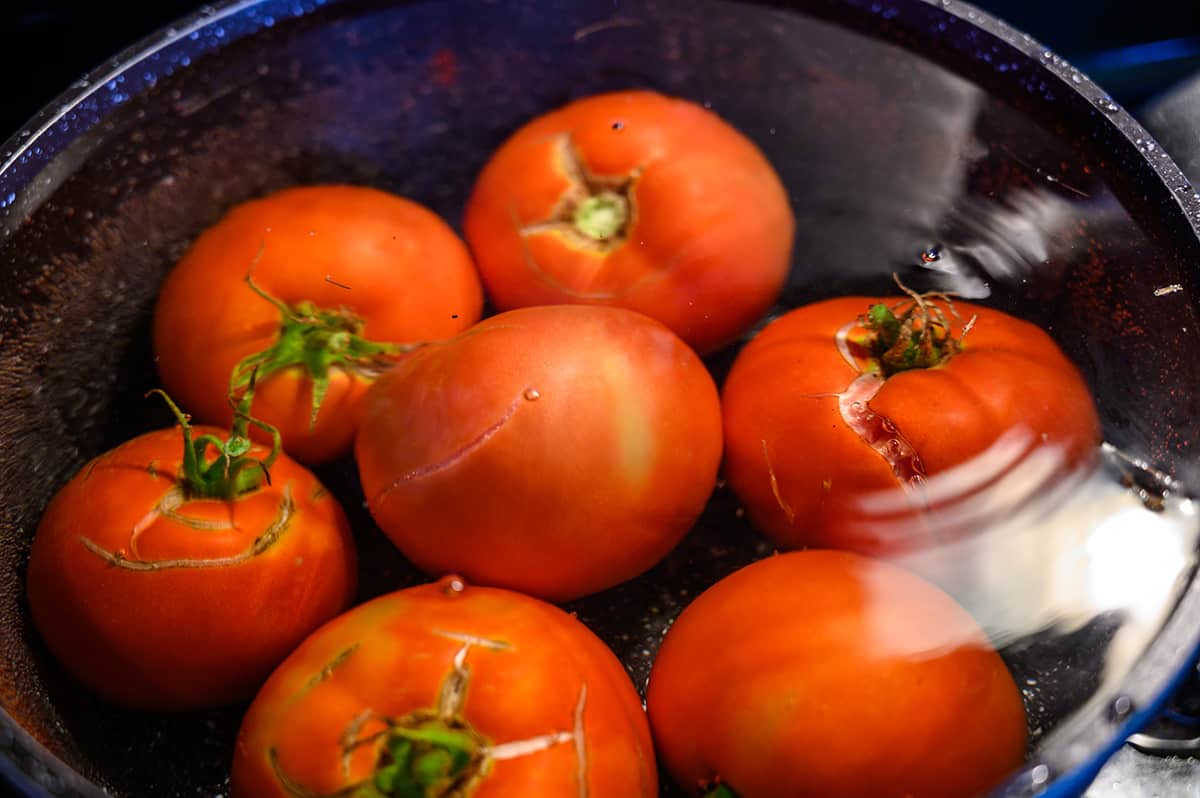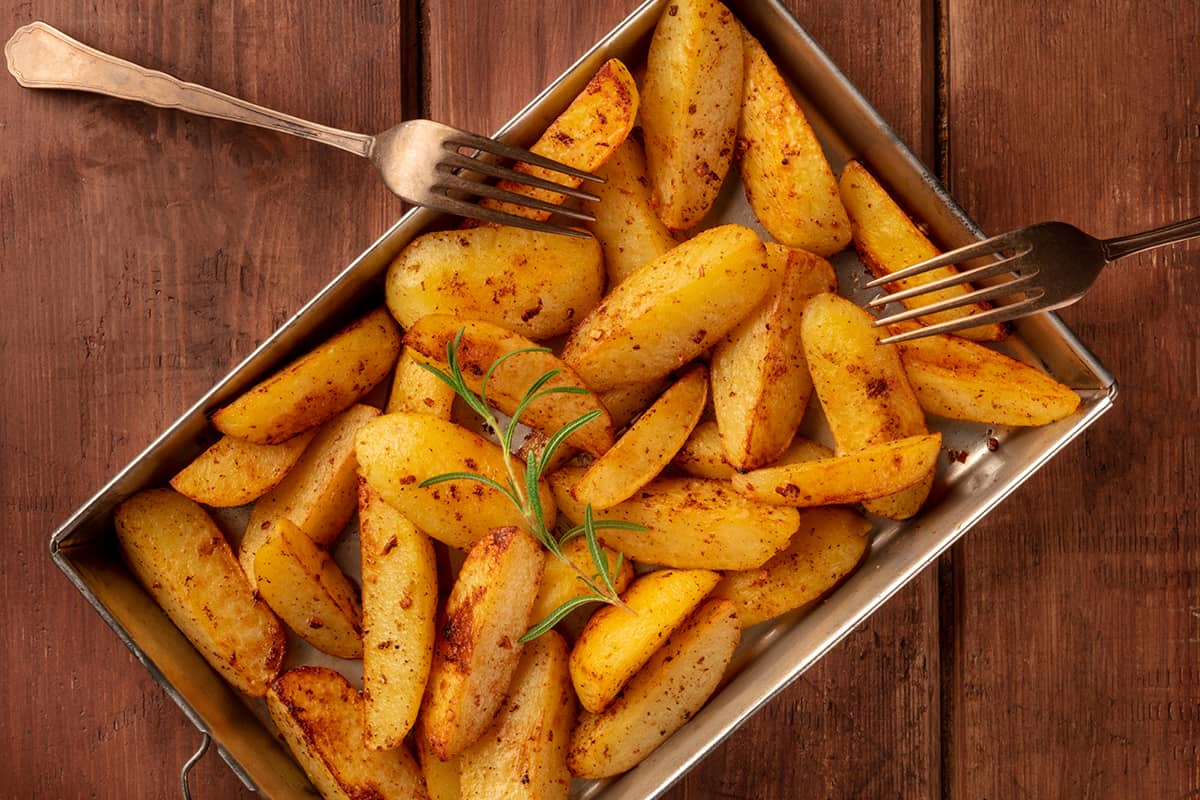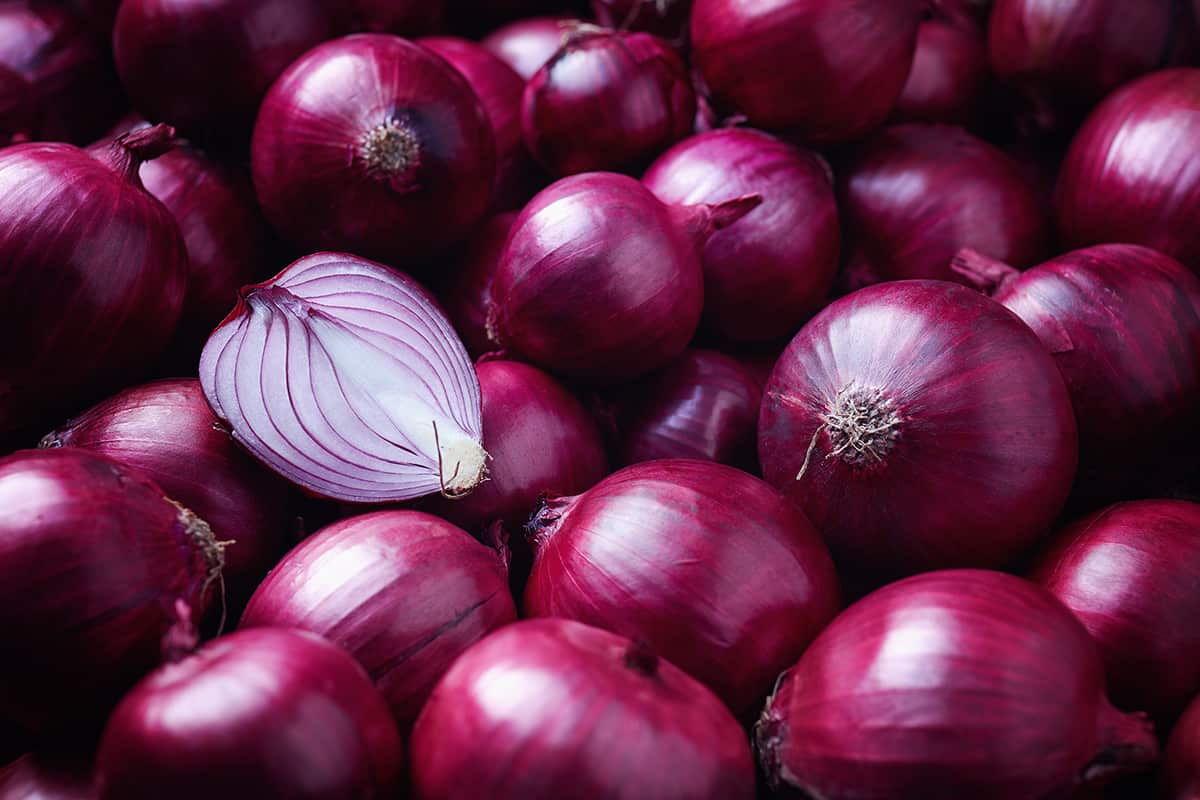Some people might find it difficult to stick to the USDA’s MyPlate recommendations of filling half your plate with vegetables every meal, let alone the American Heart Association’s recommendations of consuming four to five servings of fruit and vegetables daily. The biggest problem people might have is determining how much a single serving of vegetables is.
As a rough guide, a single serving of vegetables is the same as 75 grams (2.6 ounces). If you want to measure your vegetable servings by volume, it will amount to between ½ to 1 cup, depending on the vegetable.
According to Time, roughly 90% of Americans don’t eat enough vegetables. That means roughly 90% of us are missing out on the nutrients that vegetables provide, which can leave us feeling prematurely fatigued after doing the most mundane of tasks. Please continue reading if you’d like to learn more about your daily recommended servings of vegetables.
Single Servings Based on Vegetable Types
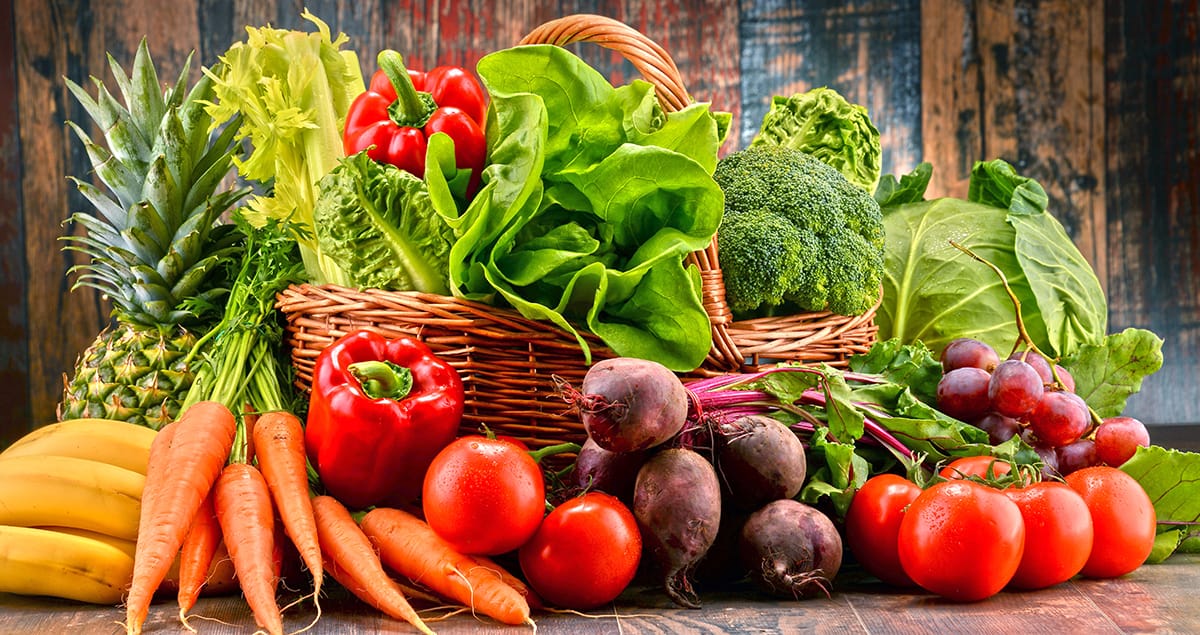
If you’re reading this, you’re probably interested in finding out ways to incorporate more vegetables into your diet. After all, the more vegetables you eat, the more health benefits you can reap. That said, how much of a type of vegetable do you need to eat in one sitting for your meal to be considered sufficient in veggies?
Alas, it depends on the type of vegetable you have on your plate. The following chart will detail how much of a type of vegetable you should eat with every meal for it to be considered a single serving (roughly 75 grams or 2.6 ounces).
| Vegetable Type | Volume (cups) | Additional Notes |
| Beans | 1/2 | |
| Broccoli | 1/2 | 5-8 florets |
| Carrots | 1/2 | 6 baby carrots |
| Cassava | 1/2 | |
| Large Bell Pepper | 1/2 | |
| Lentils | 1/2 | |
| Medium Potato | 1/2 | boiled or mashed |
| Peas | 1/2 | |
| Peas | 1/2 | |
| Pumpkin | 1/2 | |
| Spinach | 1/2 | |
| Squash | 1/2 | |
| Sweet Corn | 1/2 | 1 small ear |
| Taro | 1/2 | |
| Vegetable Juice | 1/2 | |
| Cabbage | 1 | |
| Celery | 1 | 2 stalks |
| Leafy Greens | 1 | |
| Mushrooms | 1 | |
| Zucchini | 1 |
Vegetable vs. Fruit Servings

While vegetables are a must-have for every meal, you shouldn’t forget to incorporate as many fruits into your diet as possible. According to Eat for Health, a single serving of fruits should be twice as much as that of vegetables or about 150 grams (5.3 ounces) per serving.
The table below will give you a rough idea of how much of a particular fruit you should consume per serving.
| Fruits | Quantity | Additional Notes |
| Apple | 1 | medium |
| Apricot | 2 | |
| Banana | 1 | medium |
| Blueberries | 1/2 cup | frozen or fresh |
| Canned Fruits | 1/2 cup | no added sugar, syrup drained |
| Dried Fruits | 30 grams | no added sugar |
| Fruit Juice | 1/2 cup | no added sugar |
| Grape | 1/2 cup | 16 to 32 grapes |
| Kiwi | 2 | |
| Mango | 1/2 cup | fresh or canned |
| Orange | 1 | medium |
| Peach | 1 | |
| Pear | 1 | medium |
| Plum | 2 | |
| Raisins | 1/2 cup | |
| Strawberries | 8 | large |
| Grapefruit | 1/2 | |
| Melon | 1/2 |
The 1-2-3 Method for Eating Vegetables
While our busy schedules have forced us to stay away from homecooked meals and resort to instant alternatives (drive-thru, store-bought, or delivery), you should do your best to introduce a greater quantity of vegetables into your diet.
However, this is a lot easier said than done. After all, trying to get five servings of vegetables (and fruits) daily can be hard to keep track of, especially when you have other things on your mind. That’s why the Mato Clinic has come up with a helpful method for keeping up with your vegetable intake without the stress.
It’s known as the 1-2-3 Method, which involves portioning your vegetable servings into one, two, and three servings during breakfast, lunch, and dinner respectively. You can learn all about the 1-2-3 Method at Mayo Clinic Health System, but I’ll break it down for you below.
Breakfast—1 Serving
In the morning, you should try to include around 1 cup of raw or cooked fruit or vegetables. You can do so by mixing a smoothie using fruits with a handful of your favorite leafy green, topping oatmeal and cereal with berries or bananas, or adding bell peppers to your morning omelet. Also, consider packing a whole fruit (apple or banana) in your bag before heading to work.
Lunch—2 Servings
If possible, pack your own lunch for work; that way, you’ll have more control over how much of a vegetable you can pack into a sandwich or soup. Eating salad for lunch can be a good idea, too, as long as the salad’s base consists of around three cups of your favorite leafy green. Consider adding a handful of chopped fresh vegetables or raisins as a healthy topping.
Dinner—3 Servings
After getting home from work, try making your own stir-fry dinner with loads of vegetables. You can also try grilling fruits and vegetables as a delicious side dish to your protein, which will add a flavor contrast that complements your hearty steak. Another excellent side-dish option is to steam vegetables, such as 15 broccoli florets. Also, consider washing it all down in at least 1-1/2 cups of vegetable juice (no added sugar, please).
Additional Ways to Eat 5 Servings of Vegetables
If the Mayo Clinic’s 1-2-3 Method doesn’t help you in getting your daily recommended dose of vegetables, perhaps the following tips will inspire you.
Plan ahead of time—wanting to live a healthier life means being proactive in taking the right steps, so you should plan your meals ahead of time as well as keep your meal plan in the back of your mind at all times.
Sheet-pan dinners—if you don’t have time to prepare delicious veggie side dishes, just toss everything you want to eat on a sheet pan and bake it at 425°F for 15 minutes.
Meatless Mondays—skip the meats on Mondays and instead focus on eating vegetables (grilled, steamed, baked, whatever)
Vegetable smoothies—if you struggle to incorporate veggies in the Morning, toss a bunch of leafy greens in a blender with your favorite smoothie base.
Make lots of soup—the best way to include a bunch of vegetables into your diet without looking at a mounting of veggies is by turning them into a healthy soup base.
Try different cooking methods—think outside the box and experiment with grilling, broiling, sous vide, baking, stir-frying, air-frying, blanching, etc.


